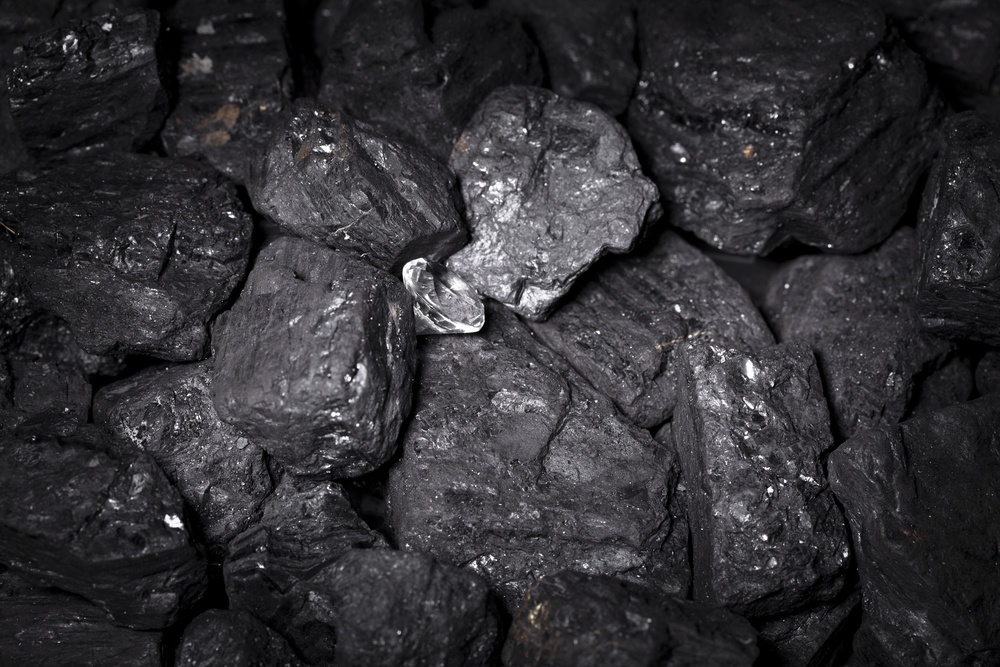Shopping for loose diamonds as an investment or for the creation of a diamond ring is becoming a popular trend. However, diamonds are one of those big purchases that you want to make with insight and information. At Brilliance.com, we know it is important that you feel confident in your understanding of what makes a quality diamond before setting out to make your purchase, which is why we want to help you make a good decision the first time. This article will explore the three main criteria to help select the perfect certified diamonds: the 4 C’s, selecting certified diamonds and seeking natural stones.
Using The 4 C’s In Choosing Your Loose Diamonds
A common criteria in choosing loose diamonds includes what is called the 4 C’s. While there are other variables to consider before making your purchase, the 4 C’s include important classifications. Basically, the 4 C’s within the diamond industry are the standards and criteria used to judge the beauty and price/value of all loose diamonds. Most often, diamond shoppers look to color and clarity as the two most important factors when choosing a diamond. However the cut of the diamond will influence fire and brilliance much more than the other two C’s.
Cut – The cut of a diamond is not its shape, but the way it is cut from the original shape of the rough stone. The cut is evaluated by the location of the inclusions and flaws to be eliminated, the preservation of the weight, and the popularity of shape. When a diamond has a high quality cut, incident light will enter the stone through the table and crown, traveling toward the pavilion where it reflects from one side to the other before bouncing back out of the diamond’s table toward the observer’s eye.
Color – Color describes the overall tint of the diamond, from white to yellow. Color is graded on a letter scale from D to Z (D being the best).
Clarity – Clarity refers to the presence or absence of tiny imperfections (inclusions) within the stone, and/or on the surface of the stone. A diamonds’ clarity is graded on a scale from FL (Flawless) to I3 (Many Visible Inclusions), clarity describes the amount and location of “inclusions” in the diamond.
Carat Weight – Commonly confused with size, carat refers to the weight of the diamond when measured on a scale. One “Carat” is a unit of mass that is equal to 0.2 grams (200 milligrams or 3.086 grains) or 0.007 ounce.
Choosing Certified Diamonds Only
In searching for the perfect loose diamonds, finding those that are ‘certified’ is a must. Certified diamonds are diamonds that are labeled “certified,” which means they are guaranteed to have been sent to an independent gemology laboratory where they are then evaluated. The certifier will precisely measure characteristics of the diamond such as width, length, table and girdle size as well as all of the angles created by the cutter. From here, the diamond will be examined by a trained gemologist and assigned a color and clarity grade.
In examining color, the stone is compared to a graded control group of diamonds whose color is known. The gemologist will then assign a color based on the closest match to this control group, as well as using their own experience and judgment.
Next, the loose diamonds are then evaluated for clarity. Clarity is determined by examining the diamonds for inclusions and noting the number, location and size of each. The professional certifier will then assign a grade of clarity, which is again determined by the gemologist’s experience and interpretation of each clarity grade.
There are many gem labs in the industry that help in the process of creating certified diamonds. The most widely known and respected being the GIA (Gemological Institute of America), followed by AGL, EGL, IGI, and HRD.
Once the lab has completed the grading process, a certificate is issued describing the measurements, weight, color, clarity and other observations that were made. These certified diamonds are then passed on to the seller. At Briliance.com we pride ourselves in only selling loose diamonds that have been certified.
Beware Of Diamonds That Have Been Enhanced
In searching for the perfect loose diamonds, beyond making sure you are evaluating it according to the 4 C’s as well as buying only certified diamonds, there is a third element to be aware of — making sure your diamond hasn’t been enhanced. Diamond enhancements are specific treatments, performed on natural diamonds (usually those already cut and polished into gems), which are designed to improve the gemological characteristics and therefore the value of the stone in one or more ways.
Diamond enhancements include clarity treatments such as laser drilling to remove inclusions, application of sealants to fill cracks, color treatments to improve a white diamond’s color grade, and treatments to give fancy color to a white or off-color diamond.
The seller of your diamond must inform you whether the loose diamonds you are purchasing have been enhanced. This is due to regulations by the CIBJO and government agencies such as the United States Federal Trade Commission that explicitly require the disclosure of most diamond treatments at the time of sale.
At Brilliance.com we know that buying loose diamonds or certified diamonds doesn’t have to be a complicated process, just one done with forethought and knowledge. By taking into consideration these three main criteria, you can feel confident you have made a well thought out and intelligent purchase decision.


